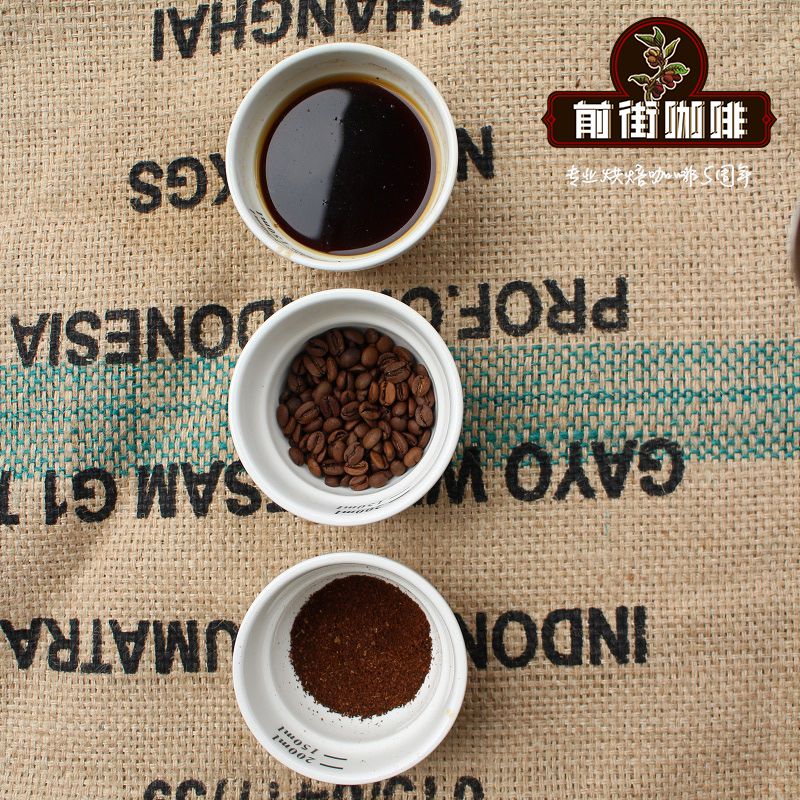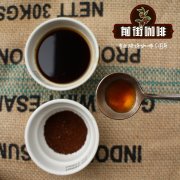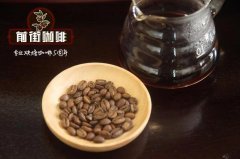Are Kenyan coffee beans expensive? what's the best coffee in Kenya?

Professional coffee knowledge exchange more coffee bean information please follow the coffee workshop (Wechat official account cafe_style)
Qianjie Coffee introduction-Kenyan Coffee
Coffee-producing countries like Coffee Board of Kenya are confident that not only Kenya coffee is rich in flavor: strong aroma and obvious acidity, especially after the harvest of Kenyan coffee, it must be uniformly purchased, tested and graded by the "Kenyan Coffee Bureau (Kenya, CBK)" set up by the government. The coffee grade is classified by "particle size" and graded according to size, shape and weight. There are seven grades of "PB", "AA", "AB", "C", "TT", "T" and "Buni" respectively. The highest coffee beans are AA (large pellet beans left on the 7.2mm screen), A (sub-large pellet beans left on the 6.8mm sieve), B (medium pellet beans left on the 6.2mm sieve), C (all small pellet beans less than B), and PB (oval pellet beans). And too light, too small TT and T-grade beans. Grade An and B beans are mixed and exported, called AB.
Kenya's coffee producing areas are most famous for their seven major producing areas, Thika, Kirinyaga, and the western side of Mount Kenya (Mt. Kenya West, Nyeri, Kiambu, Ruiri and Muranga.
KIRINYAGA is located on the hillside of Mount Kenya, adjacent to Nyeri. It is famous for its strong, rich and solid coffee, and Nyeri is recognized as the two best producing areas in Kenya. Most of the producers in this area are small coffee farmers who join the cooperative, while the cooperative plays an integrated role in providing washing plants, while coffee farmers send coffee cherries to the co-operative's processing plant for raw bean processing.
Speaking of the origin of SL28 and SL34 varieties, in 1930, in order to improve the coffee industry, the local Scott Laboratory (Scott laboratories) in Kenya decided to start with the local varieties in Kenya, hoping to cultivate varieties with high yield, resistance to diseases and insect pests, greater adaptability to weather changes, and adaptable to local soil characteristics. The researchers matched them with traditional native bourbon, mocha, Tibica and so on. Cultivate a new SL28, SL34 these two future stars, the flavor has beyond the traditional bourbon fruit acid, citrus, black plum and other strong fruit flavor.
Kenyan water washing is a cyclic repeated treatment after fermentation. On the day of harvest, the best quality coffee cherries are selected, peeled and fermented. The fermentation time is 24 hours, and then washed with clean river water after 24 hours. Then, it is fermented again with clean river water for 24 hours, and then washed, so it is repeated 3 times for 72 hours, so it is called Kenyan 72-hour fermentation water washing treatment, referred to as K72. This treatment allows coffee beans to ferment for a long time at low temperature, so that beans can have a brighter, cleaner but full flavor!
Model 1: Nairobi Coffee Exchange auction
Since the establishment of the auction system in the 1930s, most Kenyan coffee has been traded in this way. Coffee auctions are held every Tuesday during the harvest season. It is an auction system developed from a "public outcry" auction system, in which each trader bids by pressing an electric trigger. Through this system, the price of high-quality, highly popular coffee will soar as agents compete with each other.
Model 2: direct trade
Direct trade enables farmers and buyers (such as bakers or importers) to discuss and determine a price different from that of auctions before or during harvest. Some exporters also buy coffee directly from relevant marketing agents or factories, using the previous week's specific grade auction price as a negotiated reference price. Direct trade can lead to more income for farmers who produce high-quality coffee.
END
Important Notice :
前街咖啡 FrontStreet Coffee has moved to new addredd:
FrontStreet Coffee Address: 315,Donghua East Road,GuangZhou
Tel:020 38364473
- Prev

What is the hand-flushing ratio of Kenya aa? introduction to the taste of Kenya aa
Professional coffee knowledge exchange more coffee bean information please follow the coffee workshop (Wechat official account cafe_style) Kenya coffee classification Kenya coffee grading is mainly based on the size of coffee beans
- Next

Introduction to the flavor of El Salvador black honey coffee A brief introduction to the characteristics of El Salvador coffee
Professional coffee knowledge exchange more coffee bean information please follow the coffee workshop (Wechat official account cafe_style) front street coffee introduction-Salvadoran coffee El Salvador land area: 21000 square kilometers population: about 6.1 million climate: the whole year is divided into May to October rainy season and November to the following April dry season, the climate is clear. In the 1840s, coffee seeds came from Galle.
Related
- Beginners will see the "Coffee pull flower" guide!
- What is the difference between ice blog purified milk and ordinary milk coffee?
- Why is the Philippines the largest producer of crops in Liberia?
- For coffee extraction, should the fine powder be retained?
- How does extracted espresso fill pressed powder? How much strength does it take to press the powder?
- How to make jasmine cold extract coffee? Is the jasmine + latte good?
- Will this little toy really make the coffee taste better? How does Lily Drip affect coffee extraction?
- Will the action of slapping the filter cup also affect coffee extraction?
- What's the difference between powder-to-water ratio and powder-to-liquid ratio?
- What is the Ethiopian local species? What does it have to do with Heirloom native species?

